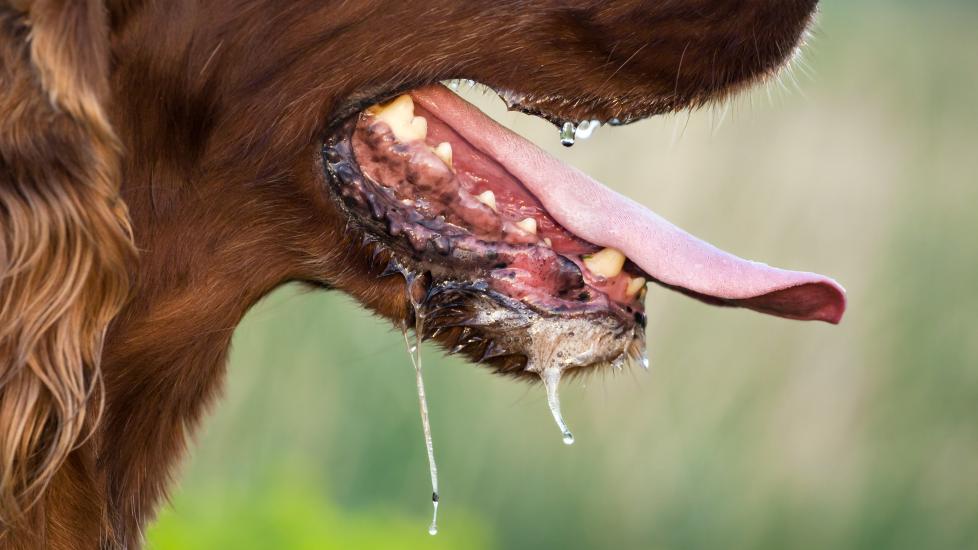Title: Understanding Excessive Drooling in Canine Companions
Subtitle: Causes, Prevention, and Management of Doggy Drool
Introduction:
In the world of canines, drool is a common sight. However, excessive salivation, or “ptyalism” as it’s medically known, can be a cause for concern among pet owners. It not only soils your dog’s fur but may also indicate underlying health issues that require attention. This article aims to delve into the reasons behind excessive drooling in dogs, offering practical tips on prevention and management while ensuring our four-legged friends remain healthy and happy.
Causes of Excessive Drooling:
1. Food Intolerance: Certain ingredients like onions, garlic, or artificial additives in food can trigger an allergic reaction leading to excess drool.
2. Oral Health Issues: Dental problems such as periodontal disease or broken teeth can irritate the mouth, triggering a drool response.
3. Medications and Toxins: Human medications given to pets without veterinary advice can sometimes lead to drooling side effects. Similarly, exposure to toxic substances can induce this symptom.
4. Anxiety and Stress: Dogs experiencing stress due to separation anxiety, fear, or loud noises might drool excessively.
5. Digestive Distress: Gastrointestinal upset caused by overeating, indigestion, or dietary changes could result in increased saliva production.
6. Ear Infections: Severe ear infections causing pain when shaking the head can indirectly lead to more drooling.
7. Heatstroke: Overheating during exercise or hot weather can cause dogs to pant heavily, which often accompanies drooling.
Prevention and Management Strategies:
1. Regular Veterinary Checkups: Regular check-ups help identify and address any potential health concerns before they escalate.
2. Monitor Diet: Ensure your dog eats a balanced diet free from allergens and consult with a veterinarian if you suspect food intolerance.
3. Maintain Oral Hygiene: Brush your dog’s teeth regularly to prevent dental issues and keep their mouths healthy.
4. Create a Calm Environment: Provide a safe space where your dog feels secure, helping reduce stress and anxiety levels.
5. Manage Medication Use: Always seek professional guidance before giving human medication to pets.
6. Stay Vigilant: Be aware of toxins around the home and take steps to ensure your dog doesn’t ingest harmful substances.
7. Watch Portion Sizes: Feed your dog appropriate amounts to avoid digestive distress and encourage good eating habits.
8. Protect Against Heatstroke: Keep your dog cool during warm months, provide plenty of fresh water, and avoid strenuous activities in extreme heat.
Conclusion:
Understanding why your dog is drooling excessively can go a long way in maintaining his well-being. By implementing preventive measures and seeking veterinary care when necessary, we can ensure our beloved companions enjoy a high quality of life alongside us. Remember, every dog is unique; what works for one pup might not work for another. Stay attentive to your dog’s needs, and together, you’ll tackle even the most challenging drooly situations!
